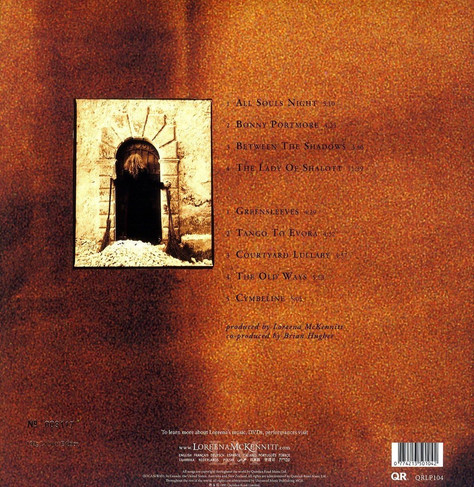The Lady of Shalott
- TBMM

- May 14
- 3 min read
Updated: May 15
It's better to have loved and lost, than never to have loved at all. This is a line from a 19th century poem by Tennyson in memory of his friend A. H. Hallam, who died at the age of 22. This idea that experiencing love, even if it ends in heartbreak, is worthwhile, ties to the bigger message that we should live fully even if it means getting hurt sometimes. This is a theme that runs deep in The Lady of Shalott, another Tennyson poem.
A mysterious woman, the Lady of Shalott, who is said to be a fairy, lives alone in a small castle that stands on an island in the middle of a river that flows towards Camelot, the legendary city of King Arthur. The lady is cut off from the world by a curse: she can’t look directly at Camelot, or something dreadful will happen. So she spends her days and nights weaving a colourful tapestry while she watches the outside world through a large mirror hanging on the wall, opposite a window. Her mirror shows “shadows” of the world —farmers harvesting, lovers strolling...— but those shadows are not tangible, are not the real thing, and she aches for more.
Everything changes one day when, in her mirror, she spots Sir Lancelot, one of King Arthur's knights. His handsome features and cheerful song pull at her heart and she can’t resist. She leaves her loom, steps to the window to look at him and sees Camelot in the distance too. The curse takes effect immediately: the mirror cracks, her tapestry unravels. Knowing she’s doomed, she goes outside. She finds a boat by the river bank, writes her name on the prow and lies down in it. As the river carries her down the river, she dies while she sings a sad, beautiful song. When her boat arrives at Camelot, the people are stunned and a little scared, but Lancelot gazes at her and softly notes that she has a lovely face.
It’s a story of longing. The lady is like an artist, crafting beauty on her tapestry, but trapped in her own world. Her mirror shows a faded version of life, and she’s tired of those "shadows". Lancelot is the spark of something real—exciting but risky. When she steps to the window to take a closer look at him, she chooses life, even if it means losing it. Her final journey down the river is a tragic, fleeting taste of freedom. The story also hits on being seen—she’s invisible in her tower, but in death, Lancelot notices her beauty, maybe a reflection of her soul. It’s a bittersweet reminder that connection often comes at a cost.
This tale resonates because it speaks to anyone who’s felt stuck or craved something more. The lady’s courage to break free, even knowing the consequences, is both inspiring and heartbreaking. Camelot represents the vibrant, real world that she is barred from joining. Looking at it directly symbolizes her desire to engage with reality, breaking her isolation. This makes the moral about living fully versus staying safe even sharper: What risks would you take for a moment of something real?
Canadian musician, composer, and singer Loreena McKennitt translated this poem into music in her 1991 album, The Visit, with an achingly beautiful melody that is filled with longing itself. Her voice, rich in nuances, shifting from soft notes to piercing sadness, weaves even more beauty into Tennyson's words.
In 2009, to celebrate the 200th anniversary of Tennyson's birth, WAG Screen and Crow’s Eye Productions, made an amazing short dramatization with a voice-over recitation of the poem. The visuals are inspired by Pre-Raphaelite paintings, especially those of John William Waterhouse that depicted the poem. [continues below images]
The dramatization by WAG Screen and Crow’s Eye Productions brings The Lady of Shalott's world to life so vividly, that a YouTube user realized it was the perfect match for McKennitt’s song and merged both. I just added subtitles for the lyrics to share it with those who might not know this unexpected and amazing work of art that combines poetry, music and film.
Click here to watch the full original dramatization by WAG Screen and Crow’s Eye Productions.
You can buy Loreena McKennitt's CD The Visit on Amazon.









Comments